Customs valuation management – Session 3: Building appropriate management model
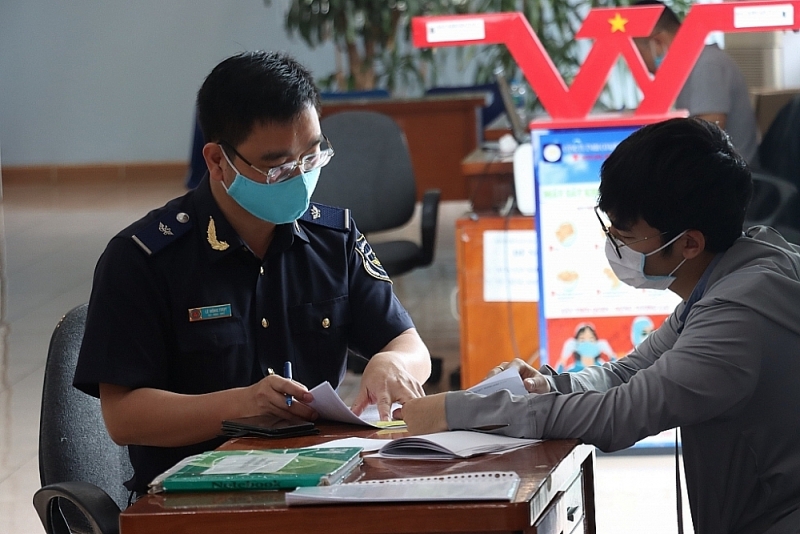 |
| Professional activities at Bac Ninh Customs Department. Photo: T.Bình |
As a member of the World Trade Organization (WTO), Vietnam is obliged to fully implement the Agreement on Customs Valuation (referred to as the Agreement). Accordingly, Vietnam has converted the entire content of the Agreement into national legally binding documents and implemented customs value management following the international recommendations. However, up to this point, the current customs valuation management model of Vietnam Customs is revealing weaknesses compared to the development level of international trade in general and the requirements of a modern customs sector that Vietnam Customs is striving towards.
Managing customs valuation following international standards and practices
According to the Agreement, the principle of customs valuation is to properly reflect the commercial reality. Regulations on customs valuation must be transparent, easy to understand and easy to apply and the customs valuation must ensure the balance and neutrality between the interests of enterprises and the management objectives of the state. Truly reflecting the reality means that the customs valuation must be determined on the basis of real and legal documents and vouchers, with specific data on transactions and economic activities that have occurred. The WTO recommended that vouchers and documents be used to determine customs valuation must comply with standards, especially common accounting standards and regimes.
The WTO also required that regulations on customs valuation methods must be clear and included in national legislation so that anyone can read, understand and use them.
The Agreement does not stipulate the determination of customs valuation of exported goods because the WTO aims at a common ground for customs valuation, where the valuation of imported goods in the importing country corresponds to the value of goods in the exporting country, forming a closed cycle of goods circulation from the country of origin to the country of consumption.
Moreover, the clear regulation of six methods of customs valuation allows both the declarant and the customs authority to use the same method of determining the valuation, thereby making the determination of the value more transparent, preventing customs declarants from making incorrect declarations and preventing customs authorities from abusing their power and imposing customs valuation on goods.
The Agreement allows the customs authority to use professional measures to check the customs valuation declaration in order to ensure that the declarant must determine and declare the correct customs valuation. The WTO recommends conducting inspection when there is enough information and a dossier to determine the value of goods so that the valuation can be determined by many methods to compare each other, identifying the exact and correct customs valuation.
For complicated cases that require a longer time to determine customs valuation, to prevent causing economic damage to enterprises and the state, the Agreement requires countries to apply a guarantee mechanism, whereby the importer pays security in cash or goods or valuable documents so that they can be withdrawn before the correct customs value is determined.
The issue of security is also mentioned in the revised Kyoto Convention of the World Customs Organization (WCO), to which Vietnam Customs is also an official member.
The Kyoto Convention was introduced in the WCO in 1971, made optional in 1973, revised in 1999 and ratified for implementation in the 2007 WCO.
For the field of customs valuation, the revised Kyoto Convention has two related contents: provisions on securities and regulations on customs inspection. Good practices of countries around the world have proved the advantage of applying securities, such as quickly allowing the release of goods from customs management area, not causing cargo congestion at import and export locations (seaports, border gates, airports); ensuring the collection of sufficient tax for the State even when the goods are no longer in customs management area; reducing the possibility of enterprises fleeing immediately after the goods are cleared so that they do not have to pay additional tax amounts; and indirectly promote customs declarants to quickly respond to valuation inspection requirements, determine the correct customs valuation of goods, thereby reducing work pressure for customs officers.
Vietnam became a full member of the Revised Kyoto Convention in 2007 and a full member of the WTO since 2008.
The actual implementation of Vietnam Customs up to now
Within the framework of Vietnam's obligations when implementing the Vietnam-US Trade Agreement 2000, since 2002, Vietnam Customs started implementing each content of the Agreement. In 2007, after officially becoming a member of the WTO, Vietnam fully implemented all the contents specified in the Agreement. Methods of determining the customs valuation of imported goods are incorporated into provisions in Decree 40/2007/ND-CP of the Government and Circular 205/2010/TT-BTC of the Ministry of Finance. The regulations on determination and declaration of customs valuation are stable up to now.
The customs declarant is obliged to self-determine and self-declare the customs valuation of import-export goods and customs authority is responsible for checking and declaring on the basis of customs dossiers and documents of the value of goods. In case the customs declarant fails to declare the value or declares the incorrect value of the goods, customs authority shall determine the valuation and impose tax on the goods.
The inspection of customs valuation in clearance is specified through declarations and value consultation activities. For customs declarations that have not been checked for customs valuation in clearance or have doubts about customs valuation but, violations have not been detected in the stage of clearance, customs authority shall apply post-clearance value inspection. In order to improve the efficiency of valuation inspection, focusing on customs declarations with high potential for violations, the value inspection during clearance and post-clearance audit is applied selection of inspection following risk management principles.
Through the process of implementing customs valuation management following the principles of the WTO and the Revised Kyoto Convention, under the pressure of the development of international trade, the customs valuation management model began to reveal weaknesses that directly affect management efficiency. If the extent and the volume of valuation inspection in clearance are too large, this slows down cargo clearance. Furthermore, it is the determination of customs valuation in clearance in the absence of information. It is the thorough application of risk management tools to select inspection subjects at all stages of management, during the stage of clearance and post clearance audit.
Vietnam needs a suitable model
According to a representative of the Import-Export Duty Department, to simplify administrative procedures and facilitate customs declarants, Vietnam Customs has determined that by 2030, the system of legal documents stipulating customs valuation management will be improved towards further improving compliance with international commitments including the revised Kyoto Convention and Agreement. In particular, the orientation of the customs valuation management model is consistent with the Customs Development Strategy, Digital Customs, and Smart Customs.
Completing the provisions of the legal documents (Customs Law) to synchronize customs valuation, in order to ensure that all import and export goods in all forms and types are determined following the principles of customs valuation; simplify the customs valuation inspection in clearance to facilitate and accelerate the implementation of customs procedures; apply measures to secure customs valuation; and focus on checking the customs valuation at post clearance audit.
In addition, Vietnam Customs aims to amend and supplement regulations on valuation inspection when carrying out customs procedures, to ensure compliance with Digital and Smart Customs; continue to simplify administrative procedures and methods of determining the customs valuation of import and export goods; stipulating the responsibility for providing information and relationships between units under the Ministry of Finance to meet the digital and smart customs models; develop processes and regulations for collecting, updating and exchanging information in the Finance and Customs sector, checking the value during clearance and post clearance audit; the process of transferring professional information between the stages of customs valuation management; process of information processing, risk assessment of customs valuation for goods and enterprises; the application of risk management techniques in customs valuation management; regulations and internal rules in the performance of customs valuation management operations; and regulations on training, rotation and use of customs officers who are experts in customs valuation management.
Furthermore, by 2025, Vietnam Customs will consolidate the organization of the 3-level customs valuation management structure in a streamlined and intensive manner; regional/provincial and city-level valuation management units and general department-level valuation management units are responsible for guiding customs units across the country on customs valuation of goods upon arising problems. By 2030, focusing on valuation management at regional/provincial, city and general department levels; consolidating specialized organizational structure which in charge of analyzing and determining key risks on customs valuation to take as a basis for applying appropriate customs value inspection.
Vietnam Customs will apply artificial intelligence (AI) technology, big data (Bigdata), business intelligence (BI) in comparing, contrasting and checking the declared value with the reference price range to identify risk cases that require direct value testing. Applying information storage technology to connect all professional stages in the customs procedure process to ensure transparency and that valuation inspection is fully automated. At the same time, automatically setting up and putting into use the list of goods and enterprises at risk in valuation; automatically warning about risks in terms of value to select goods, enterprises are included in the value inspection during clearance or post clearance audit.
In particular, the goal by 2025 is to select, train and build a team of professional staff on customs valuation at all levels. In particular, the rotation of officers specialized in customs valuation must ensure that those customs officers are still working in the field of post-clearance audit and specialized inspection of valuation.
Related News
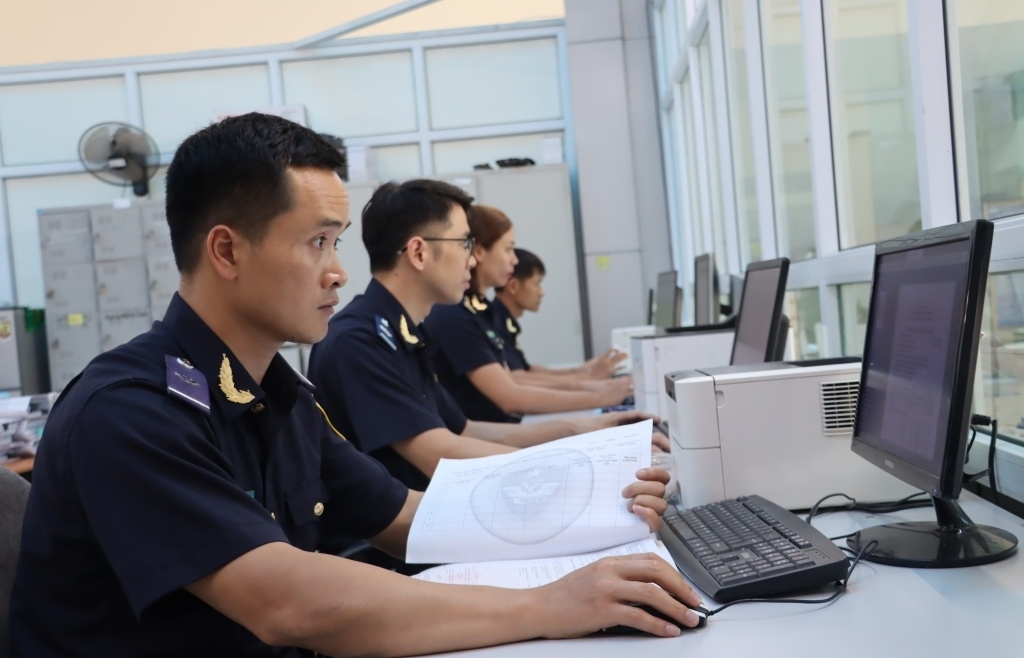
Customs Modernization: From VNACCS to Digital Customs. Part 1: The "Revolution" of VNACCS
09:44 | 25/12/2024 Customs
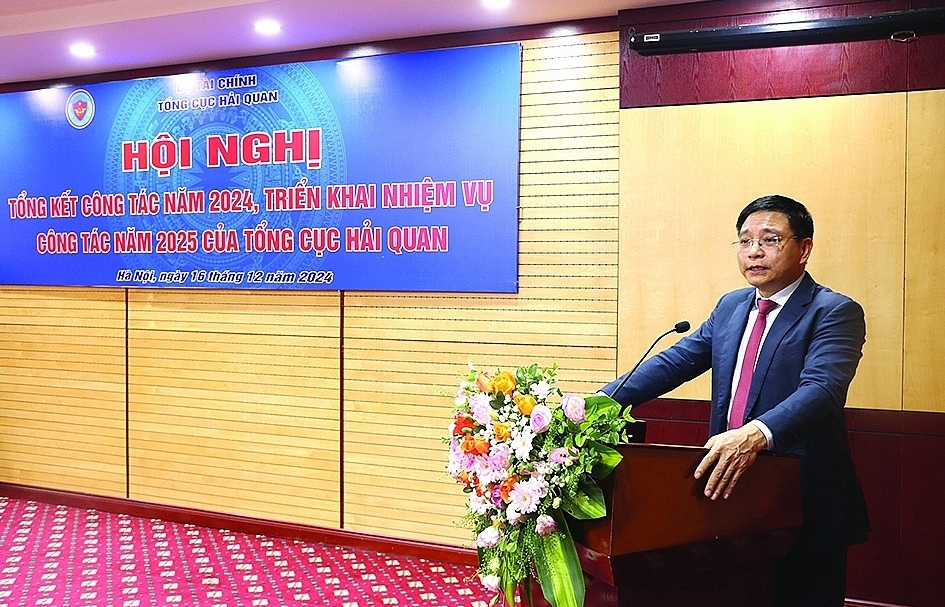
Minister of Finance Nguyen Van Thang: Facilitating trade, ensuring national security, and preventing budget losses
19:09 | 21/12/2024 Customs

Counterfeit and intellectual property infringing goods are becoming more sophisticated
10:31 | 10/12/2024 Anti-Smuggling

Raising the position if Vietnam does not want to become a new "assembly factory"
13:41 | 04/12/2024 Headlines
Latest News
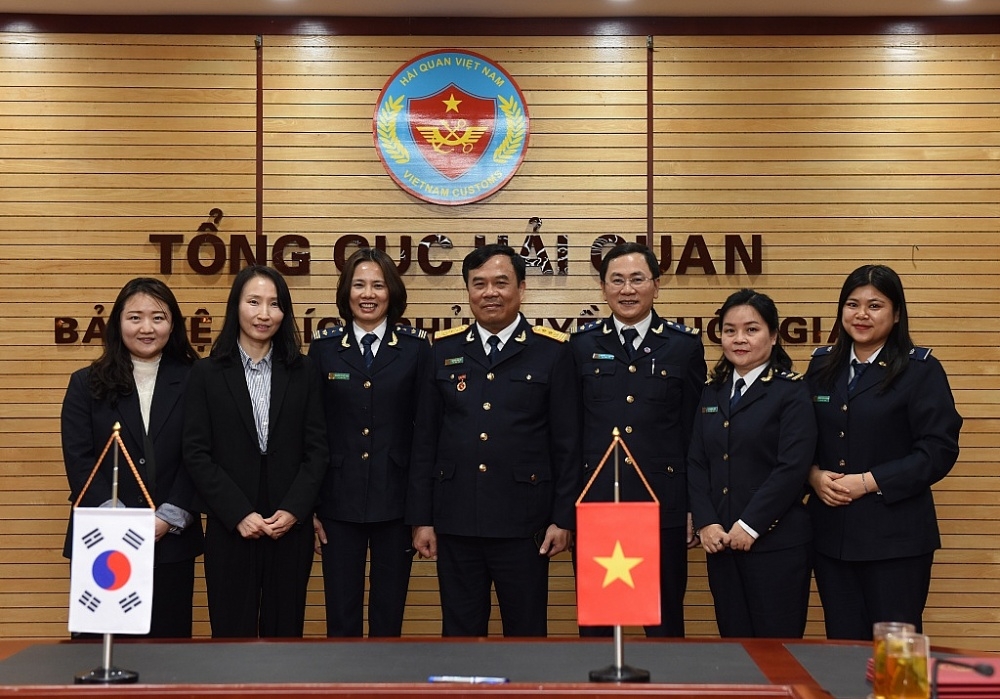
Vietnam, Korea Customs sign AEO MRA
11:07 | 26/12/2024 Customs

Quang Nam Customs focuses on preventing smuggling and combating budget loss
11:07 | 26/12/2024 Customs
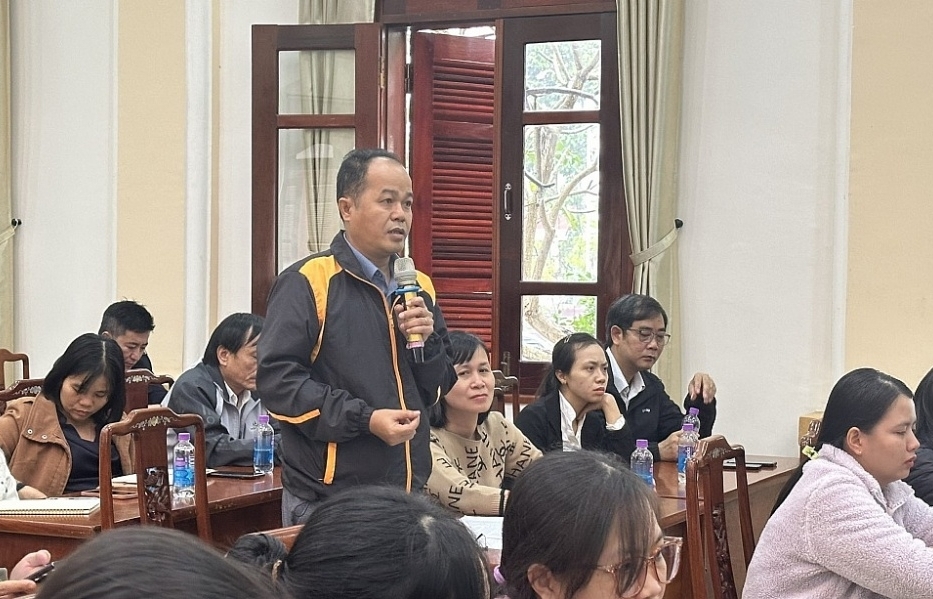
Quang Ngai Customs engages in dialogue with over 100 import-export enterprises
09:42 | 25/12/2024 Customs

Ba Ria - Vung Tau Customs strives to be ready to effectively implement the new organizational model
09:01 | 24/12/2024 Customs
More News
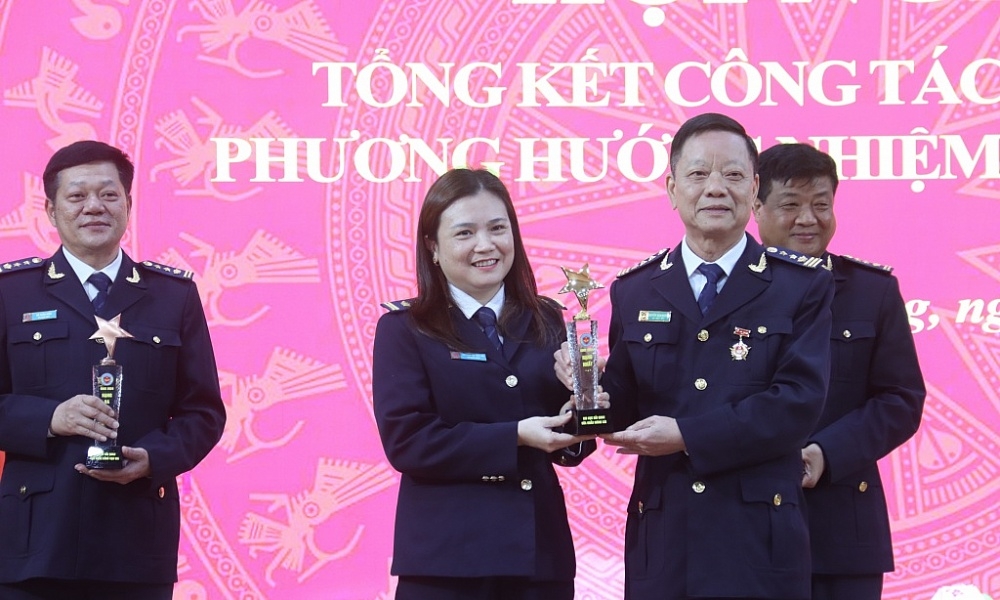
Mong Cai Border Gate Customs Branch tops CDCI
09:00 | 24/12/2024 Customs

Ho Chi Minh City Customs: Satisfactorily resolving problems for Japanese businesses
11:07 | 23/12/2024 Customs
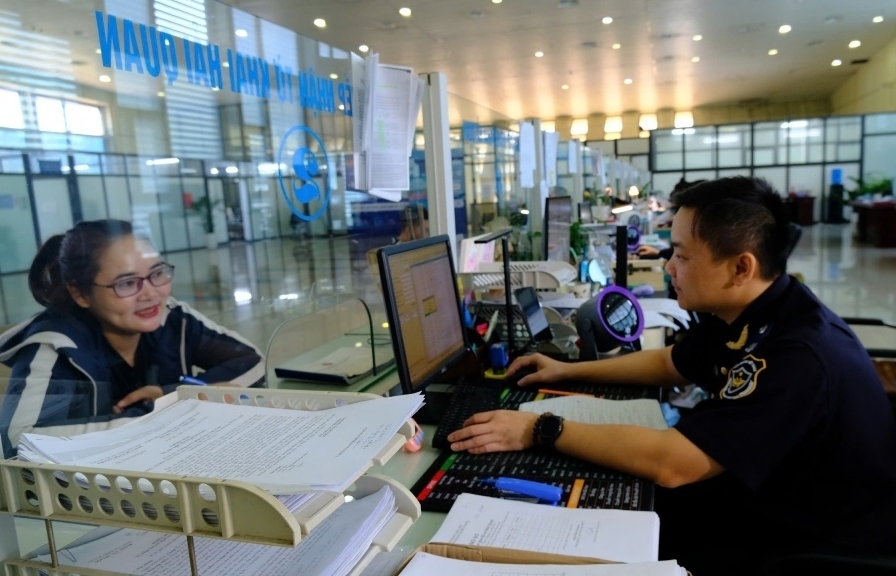
Official implementation of the program encouraging enterprises to voluntarily comply with Customs Laws
18:31 | 21/12/2024 Customs
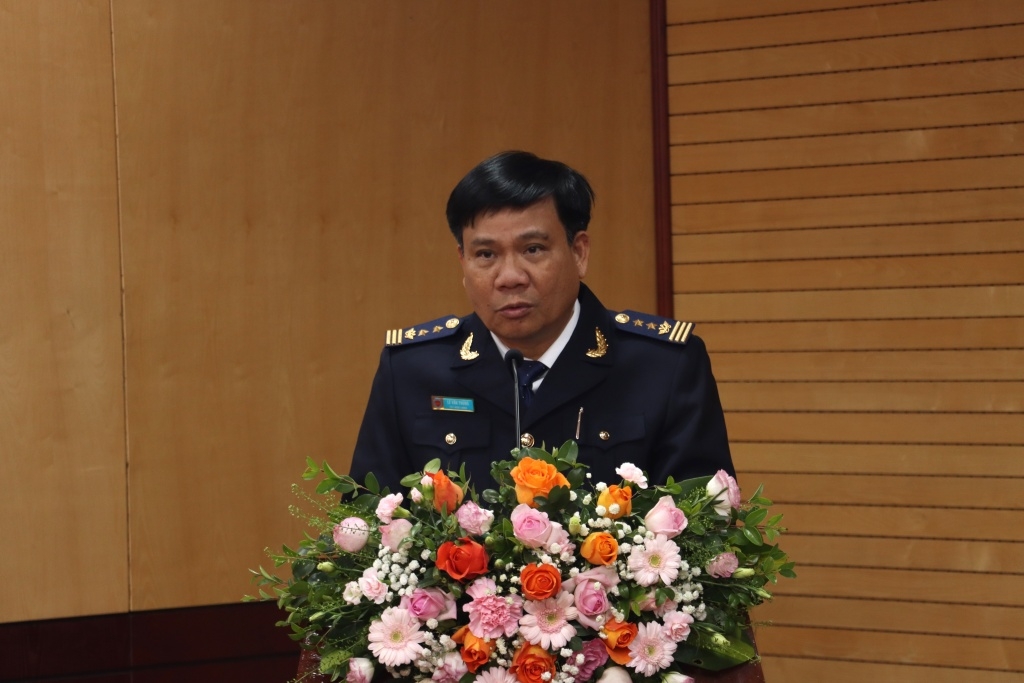
Proactive plan to meet customs management requirements at Long Thanh International Airport
18:30 | 21/12/2024 Customs

An Giang Customs issues many notes to help businesses improve compliance
09:29 | 20/12/2024 Customs

Hai Phong Customs processes over 250,000 declarations in November
15:18 | 19/12/2024 Customs
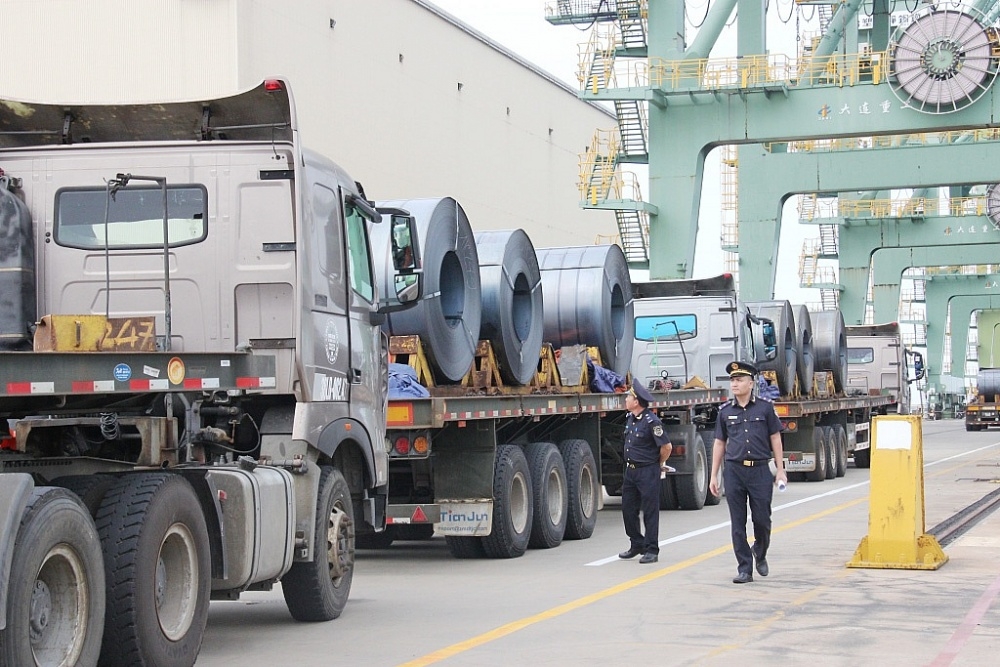
Achievements in revenue collection are a premise for breakthroughs in 2025
09:57 | 18/12/2024 Customs
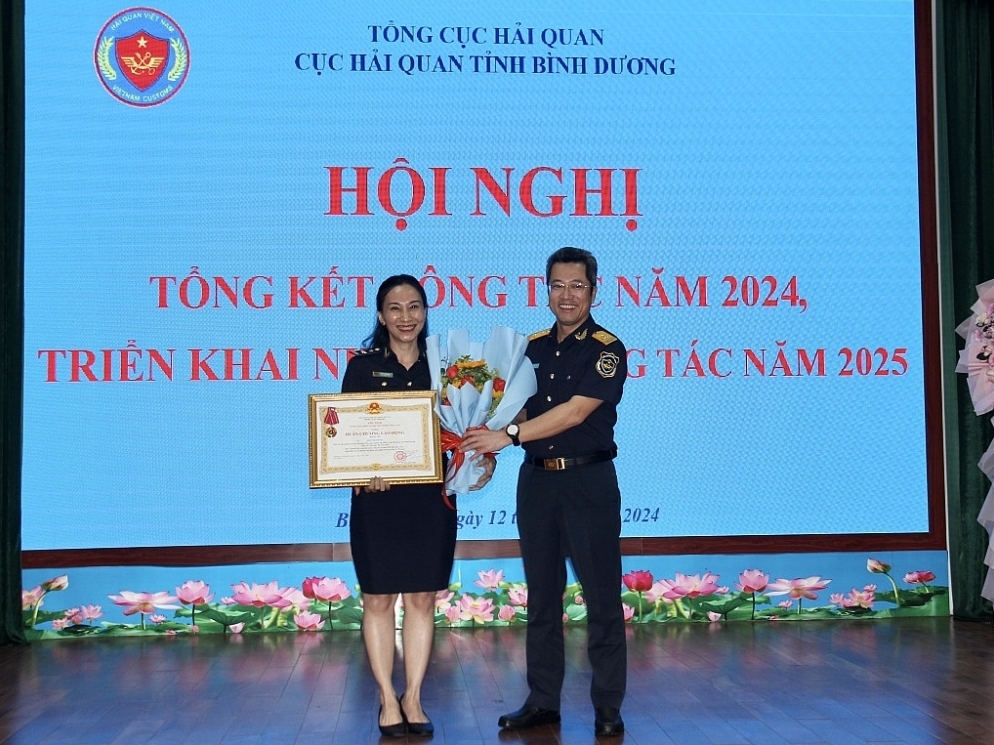
Binh Duong Customs surpasses budget revenue target by over VND16.8 Trillion
09:39 | 18/12/2024 Customs

Director General Nguyen Van Tho: Customs sector strives to excellently complete 2025 tasks
16:55 | 17/12/2024 Customs
Your care

Vietnam, Korea Customs sign AEO MRA
11:07 | 26/12/2024 Customs

Quang Nam Customs focuses on preventing smuggling and combating budget loss
11:07 | 26/12/2024 Customs

Customs Modernization: From VNACCS to Digital Customs. Part 1: The "Revolution" of VNACCS
09:44 | 25/12/2024 Customs

Quang Ngai Customs engages in dialogue with over 100 import-export enterprises
09:42 | 25/12/2024 Customs

Ba Ria - Vung Tau Customs strives to be ready to effectively implement the new organizational model
09:01 | 24/12/2024 Customs



